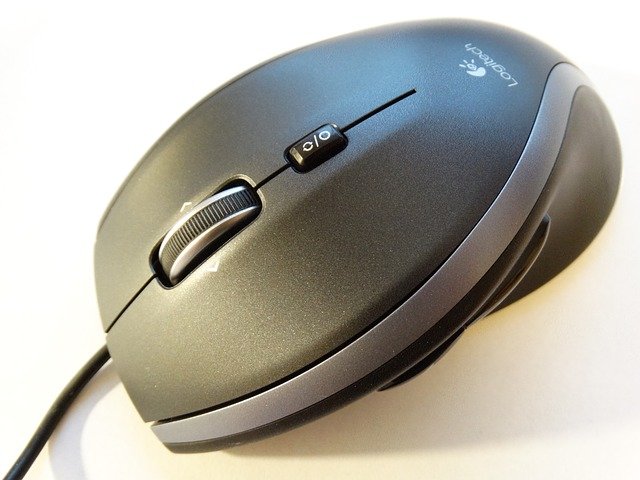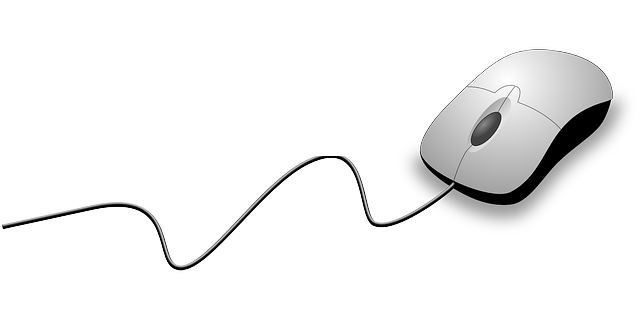I mean, it is absolutely accurate that the first mention of it was from October 1, around 1910 to 1999, when it was used forJara Simmerman\’sInformation Shapiet. Anyway, seriously.
Douglas C. Engelbart once sketched something at a conference that was supposed to communicate with a monitor. At the time, it was still a CRT screen. But back then, one computer was the size of a movie theater.
The same person later built a square box with two wheels and one knob. It was then called a mouse. All this was in 1961.
Initially, it was really an unsightly square box with two or three big buttons. There was nothing wrong with it from an ergonomic standpoint. Nor did it fit in the palm of one\’s hand.
The first ergonomic mouse was probably Microsoft\’s. It became known as the “soapy mouse” because of the way it fit in the palm of the hand. It was probably the first one where the buttons didn\’t stick out and were part of the surface of the mouse; this was in 1987.
And in 1,900.9, the world\’s firstoperating systemmade for the mouse appeared. Windows 3.0. It was the first to display a graphical environment, or icons, on the screen, making it easier to work with a mouse.
Later, Agilent introduced the sensor mouse, which actually nearly eliminated the use of a mouse pad and boosted its development again.
Subsequently, the mouse began to be improved, essentially maintaining its shape.
Now there are an incredible number to choose from. With cable or without cable. There are an appropriate number of buttons, and most already have lasers. The ones with a ball at the bottomare probably only known to the old-timers. Prices are also adjusted, the most common ones can be purchased for up to 50 crowns, the most expensive ones have no ceiling.
They are more sensitive, weigh less, and look better. All thanks to the gentleman at the beginning.
Finally, I can write that there is an attempt to create a mouse in the shape of a joystick instead of a classic mouse. Let\’s see if it takes hold.
.